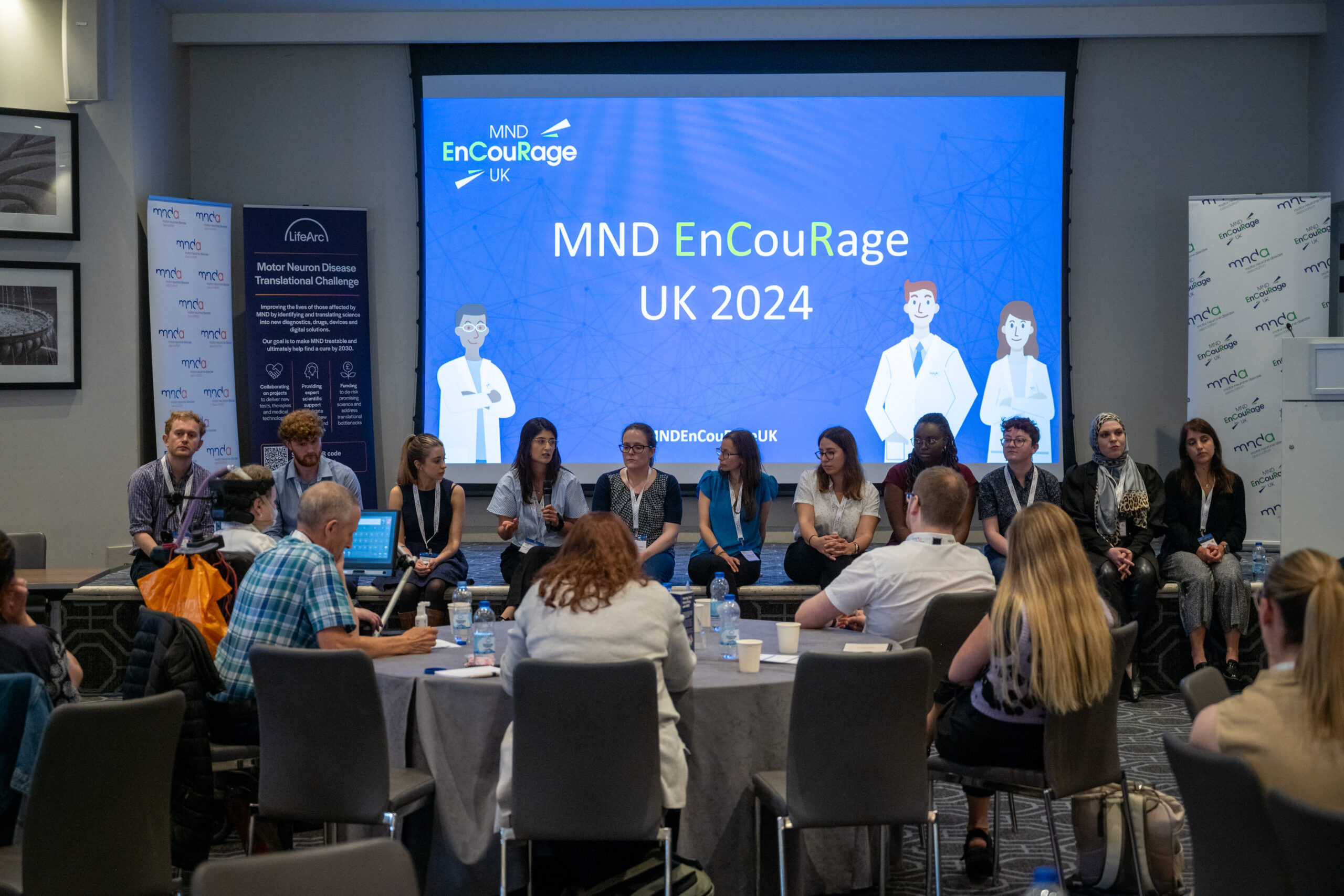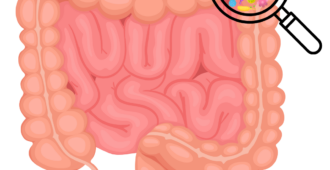Years ago, it was believed that it was only the motor neurones, the long nerve cells that carry messages from the brain to the muscles via the spinal cord, that were affected by motor neurone disease. However, over the last 10-15 years we have learnt about the vital contribution of other cell types collectively called glia to the development of MND. Glia are a collective of cell types (including astrocytes, microglia and oligodendrocytes) that were originally thought to merely be the glue of the nervous system. In fact, glia comes from the Greek word for ‘glue’. Now, these cells are known to have critical roles in the central nervous system. Research in this area, especially in astrocytes, has exploded over recent years.

Astrocytes, named for their star shape when looked at under a microscope, act in the brain to maintain its internal environment creating the optimum conditions for neurone function and survival. When this environment is not maintained things can start to go wrong. This has been observed in other neurological conditions and is now being considered as a theory for motor neurone cell death. One group investigating astrocytes and their impact on MND is led by Professor Rickie Patani, who is funded by the MRC/MND Association Lady Edith Wolfson Fellowship Programme. Professor Patani’s Lab, based at the University College London and The Francis Crick Institute, uses technology called induced pluripotent stem cells, where skin cells taken from people living with MND can be reprogrammed into motor neurones and astrocytes. The communication between astrocytes and motor neurones can then be studied, including what might go wrong in MND and causes motor neurones to die. You can hear a short overview of what the Patani Lab does in this TEDx Talk by Doaa Taha, who is a 4th year PhD student in the group.
The Patani Lab recently published two pieces of work investigating the impact of astrocytes on MND. The first analysed existing datasets, including human and mouse models, of astrocytes in MND. The group found that astrocytes in people with MND became pro-inflammatory which is toxic to motor neurones. They also found that these astrocytes were very different to healthy astrocytes, shown by an increase in endoplasmic reticulum (ER) stress, as well as the loss of protective functions such as neuronal support processes and the ability to uptake the neurotransmitter glutamate. Each of these changes to the astrocytes have the potential to contribute to motor neurone cell damage. For example, the loss of the ability to uptake glutamate results in elevated levels of the neurotransmitter, which can trigger damage to neurones through a mechanism known as excitotoxicity.

Further work by the group investigated astrocytes derived from people with MND who had different genetic mutations known to cause MND, including in the genes SOD1 and VCP. They found that the astrocytes carrying these mutations can undergo cell autonomous reactive transformation, such as the adoption of a harmful / ‘angry’ cell state, in the absence of other cell types such as microglia. They also revealed astrocytes had different molecular and functional changes, which were dependant on the mutation. This suggests that astrocytes can look different from one person with MND to the next, particularly in the early stages of disease. The results from both of these papers highlights that the key to finding potential treatments for MND rely on looking beyond the motor neurones and understanding the fundamental changes that occur early in the disease.
The Patani Lab have shown that it is important to look beyond the motor neurones to the stars – the astrocytes – for answers into motor neurone cell death. We are hopeful that with every new insight and discovery from labs, such as the Patani Lab, will help lead us closer towards a world free of MND.






